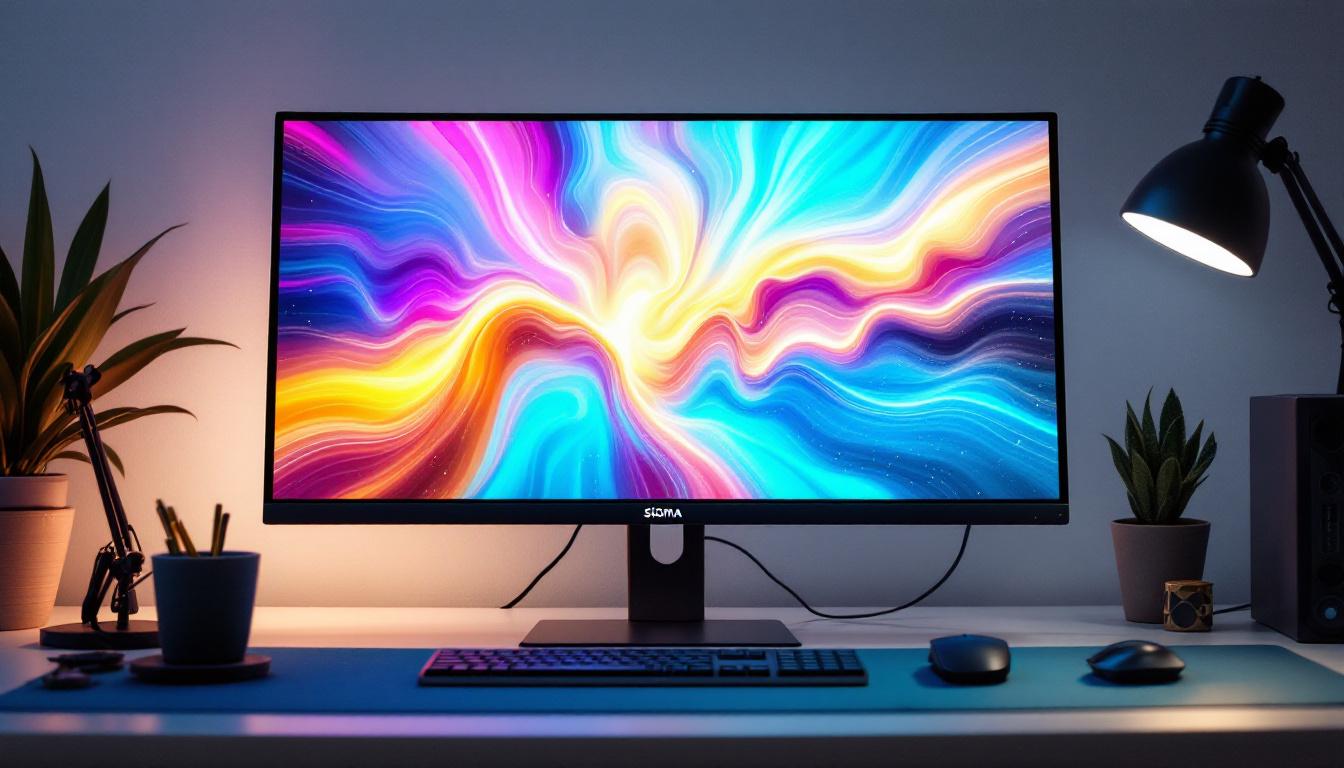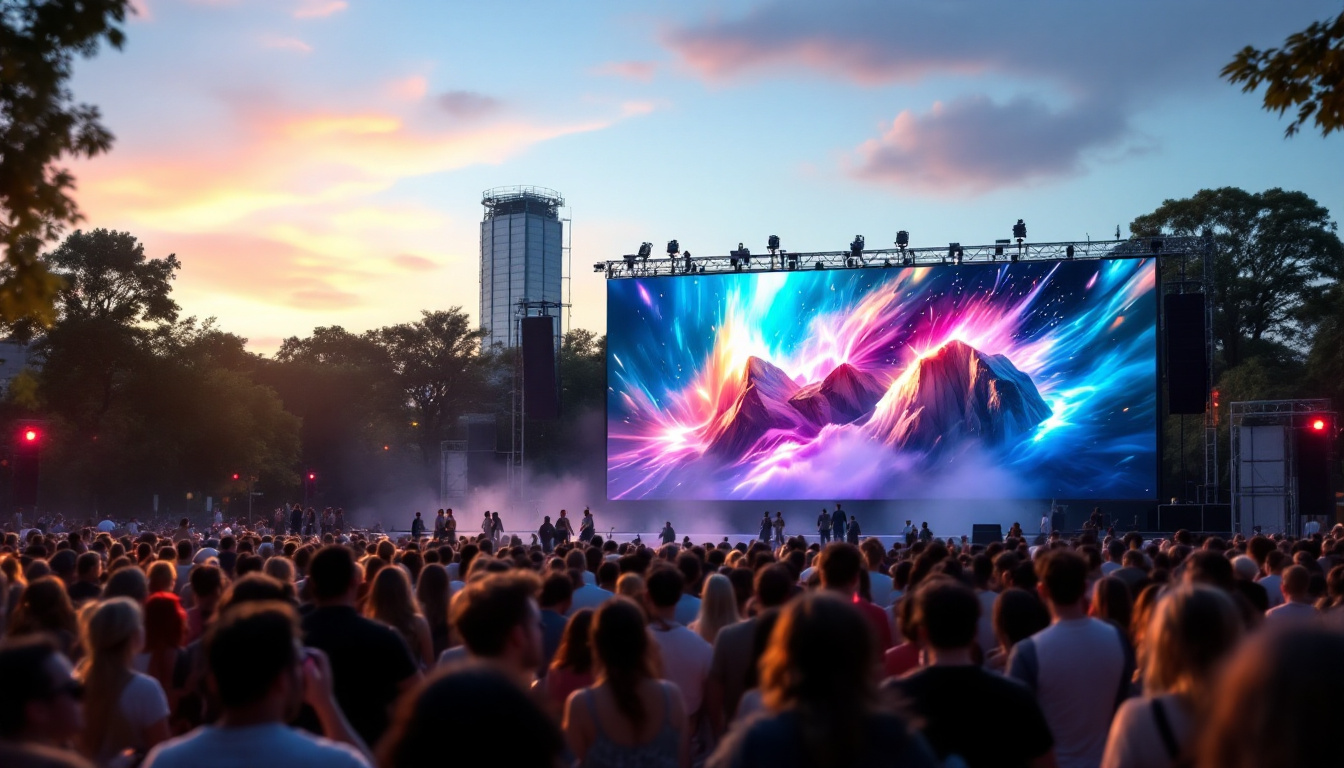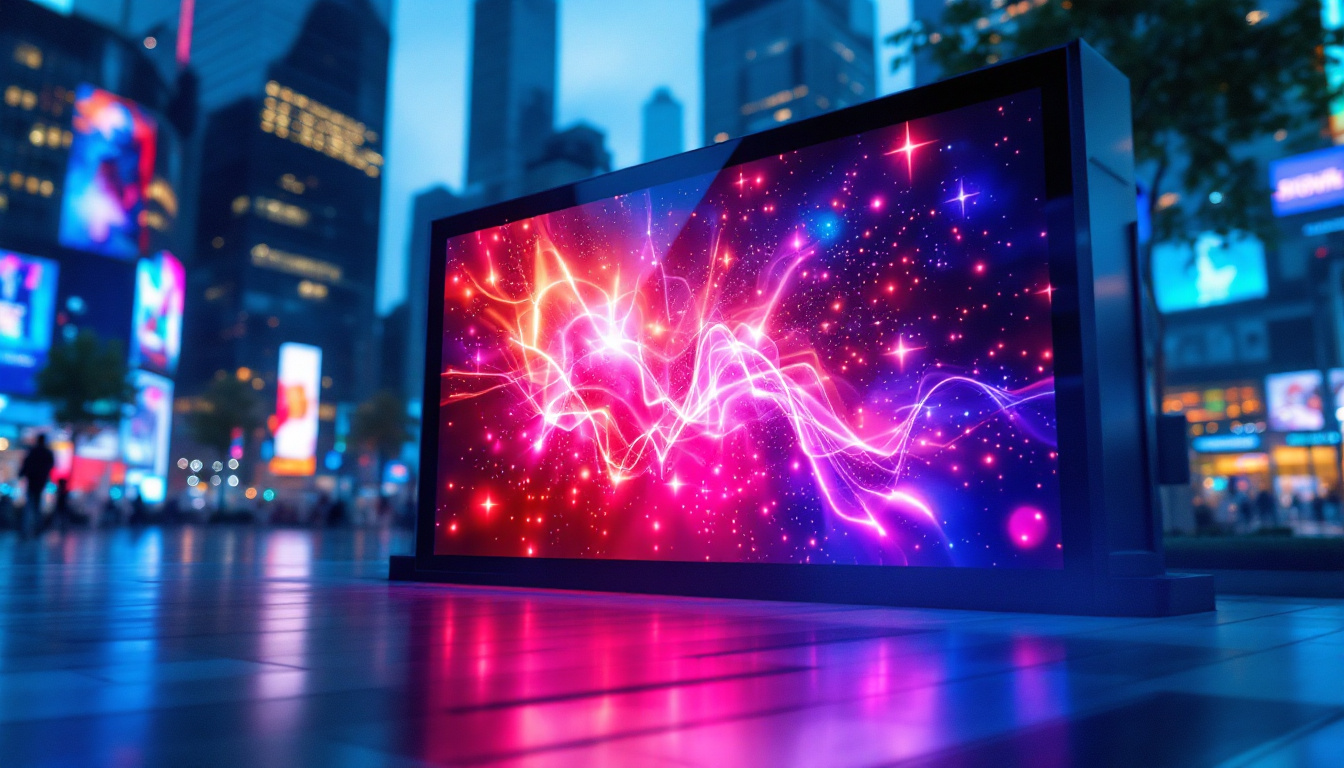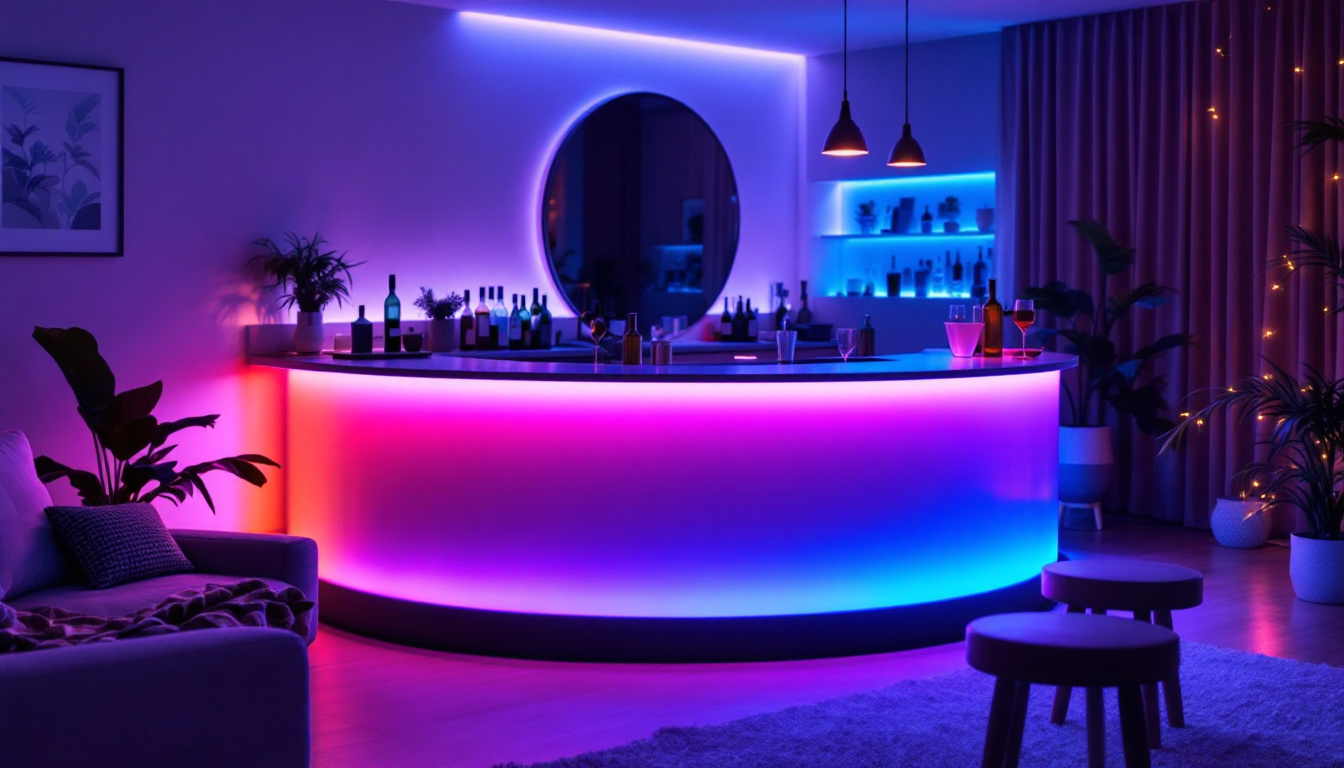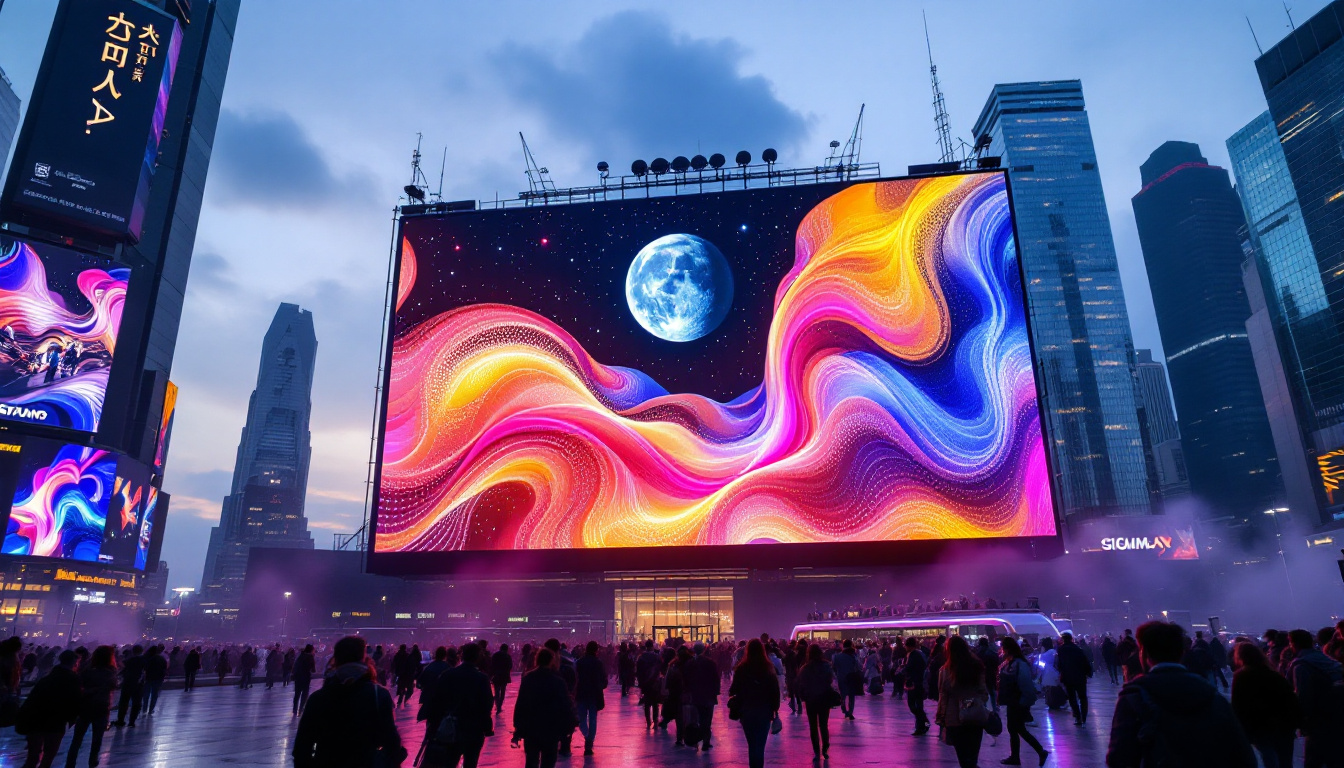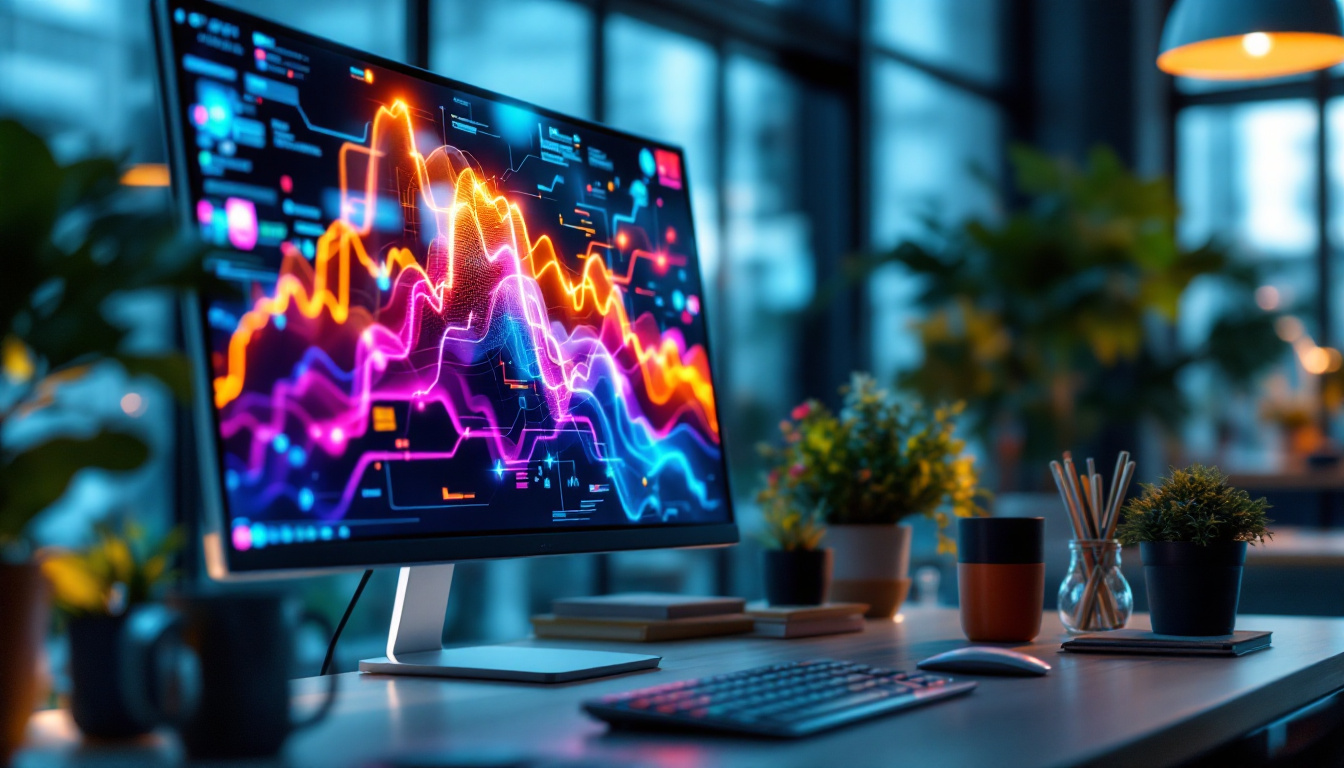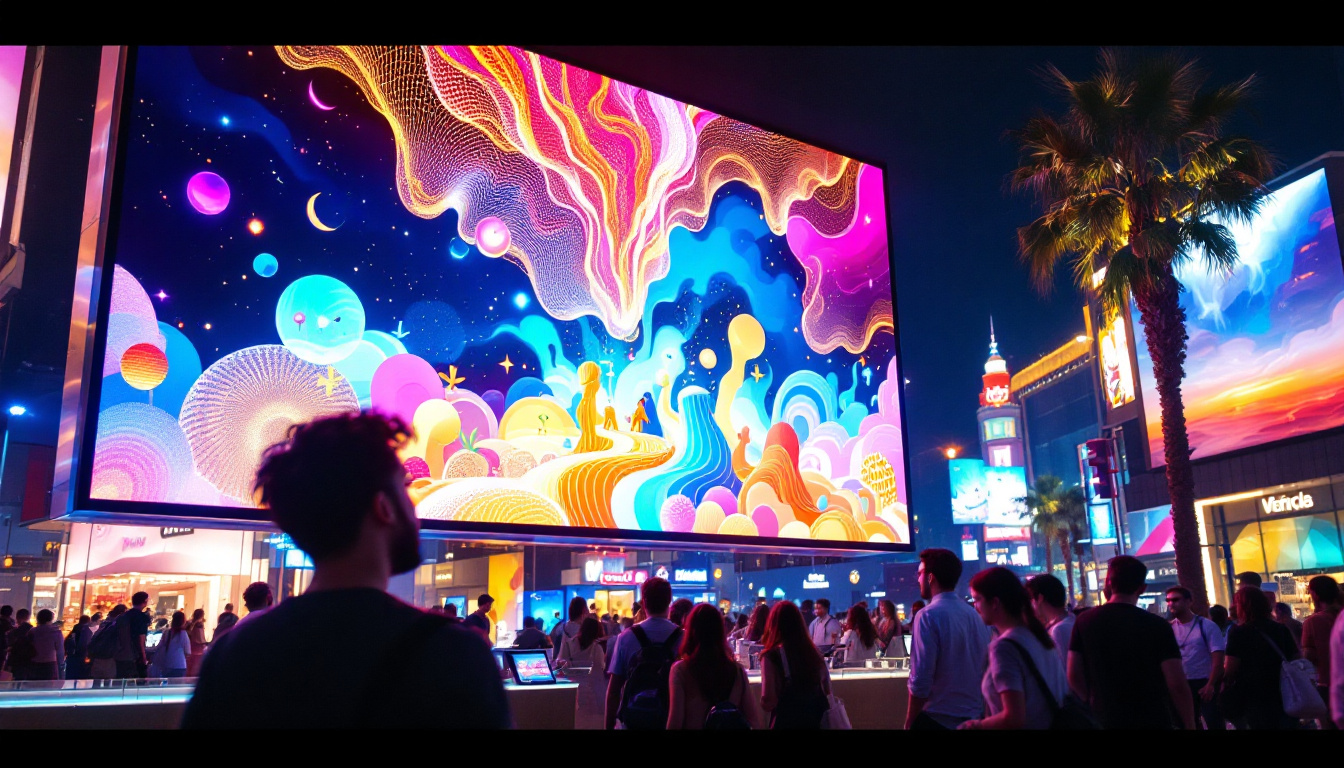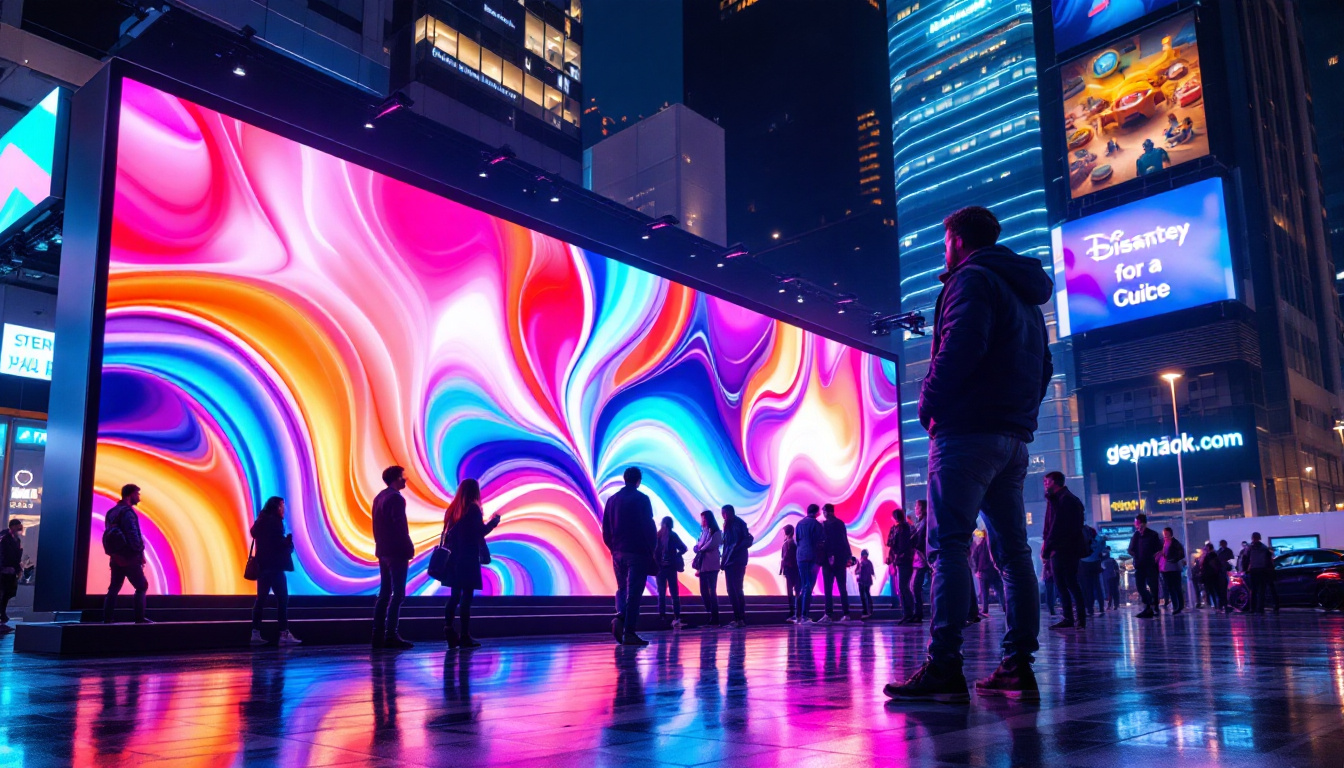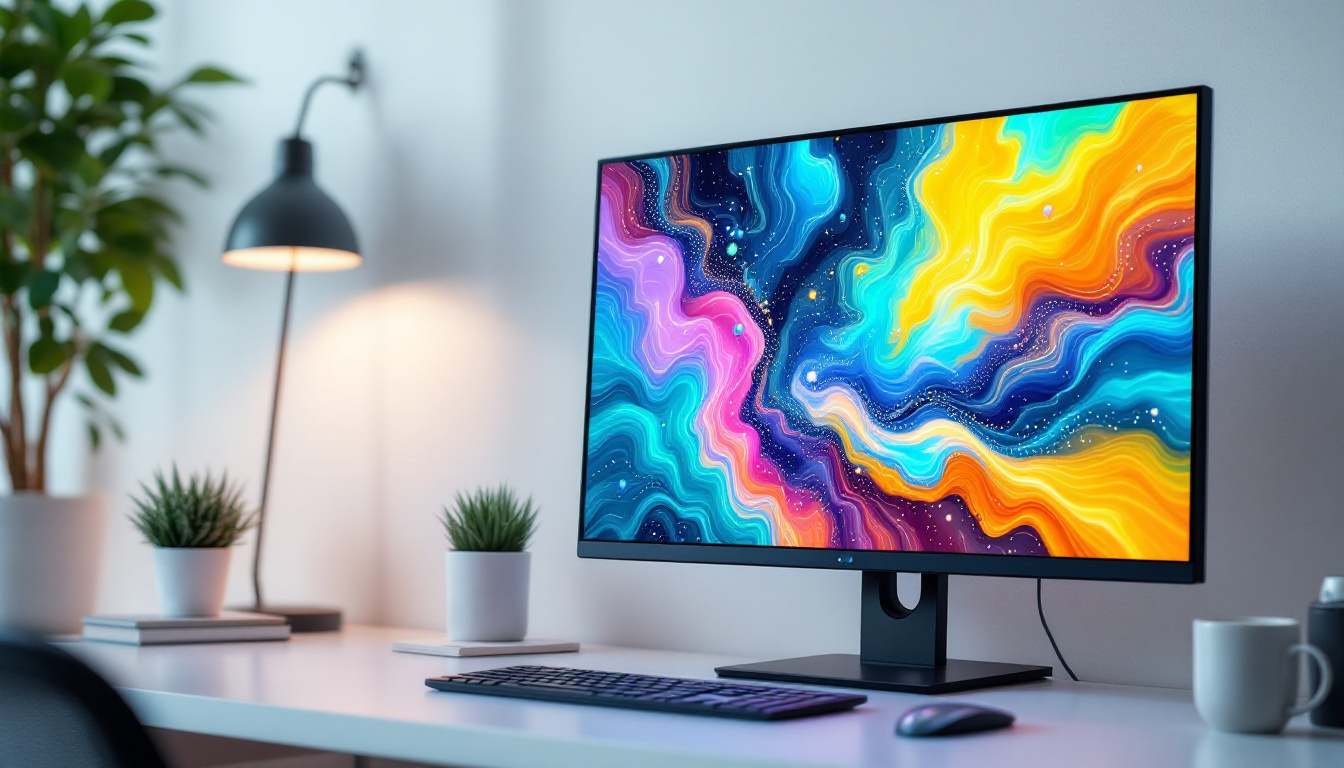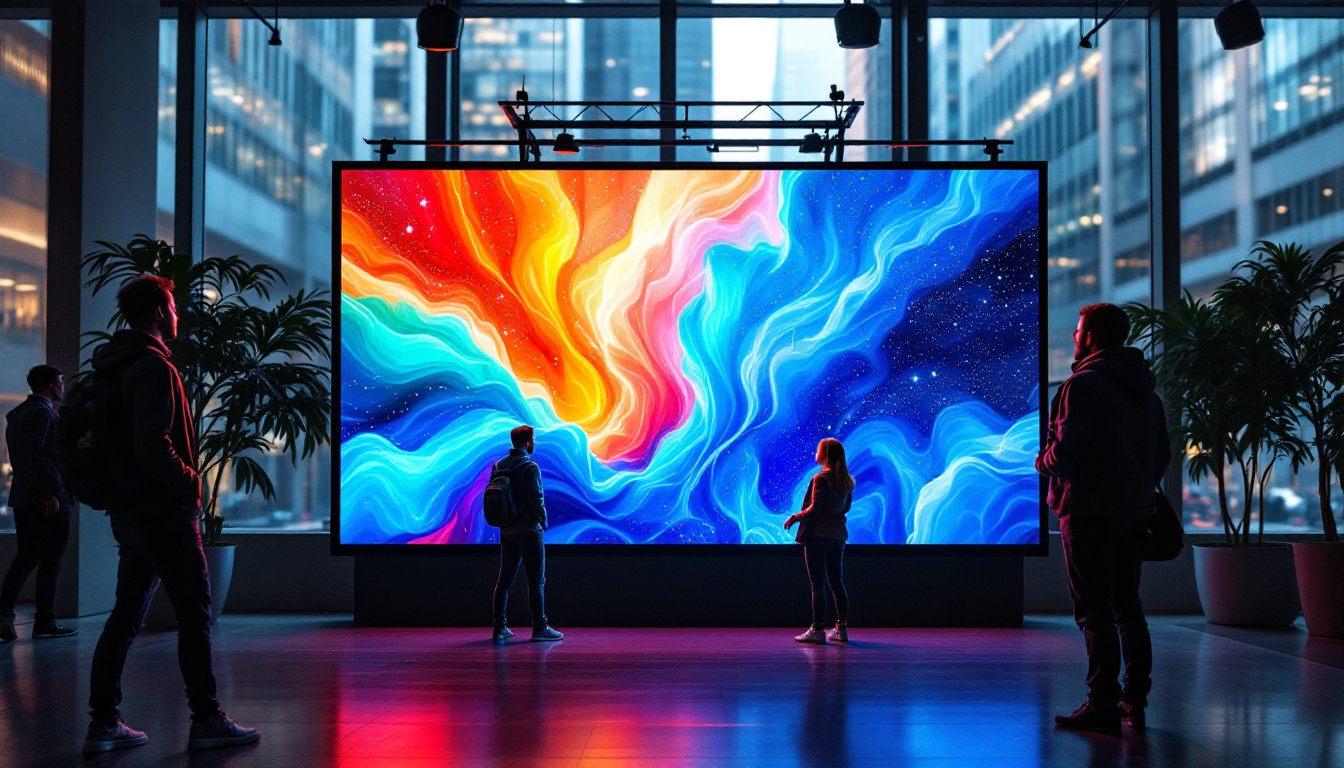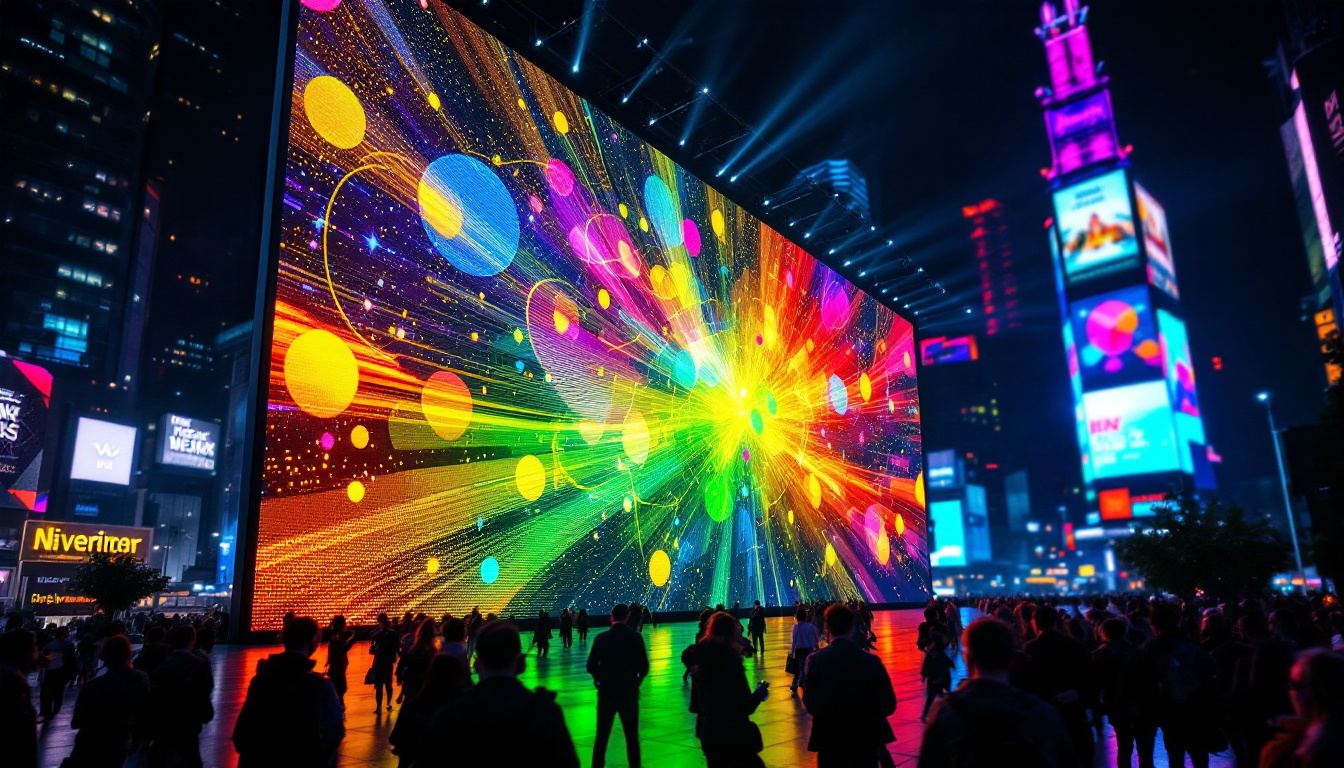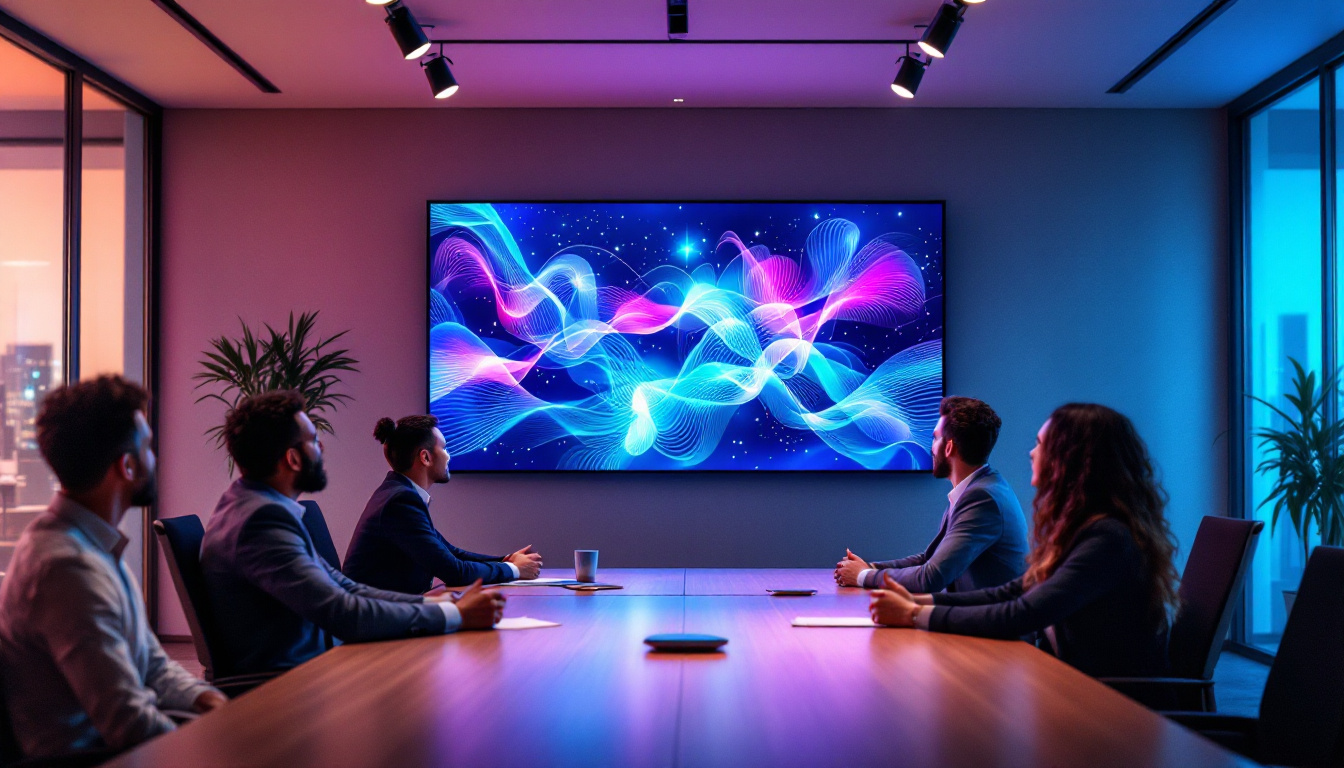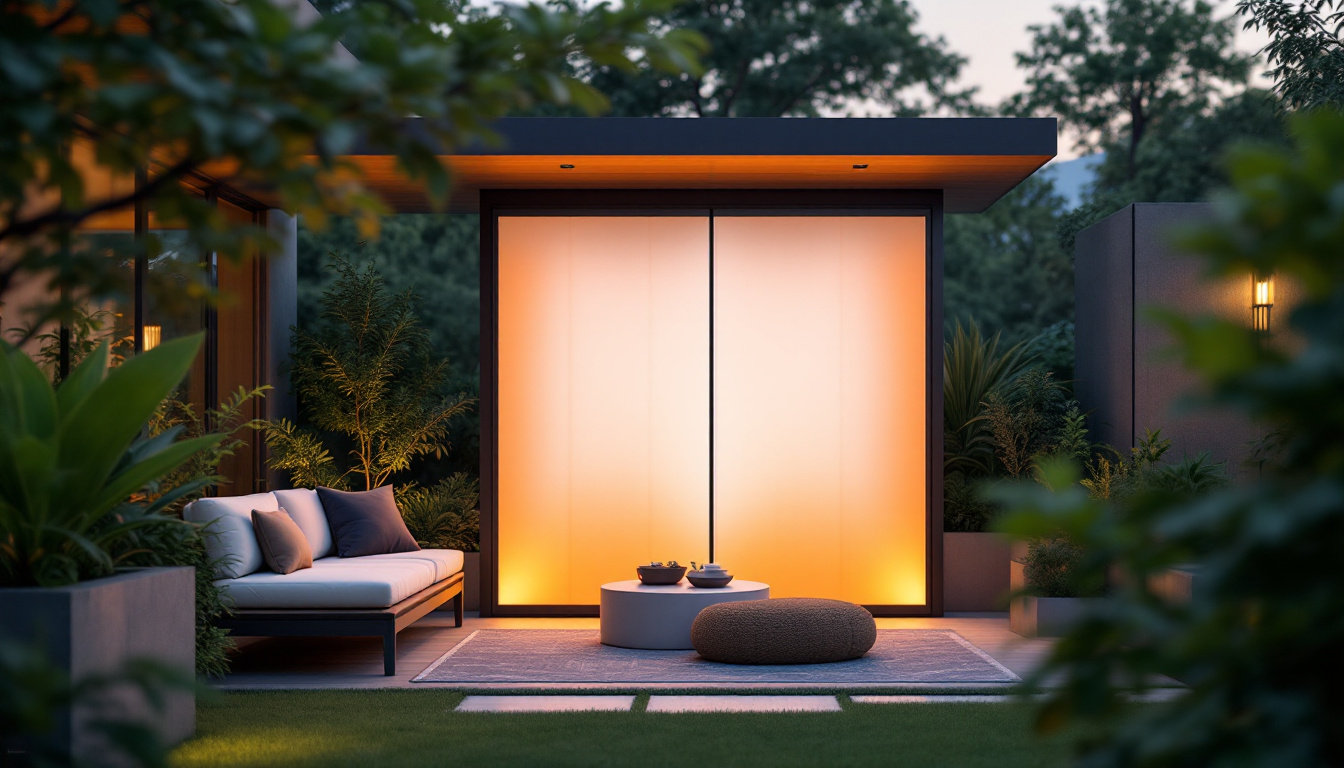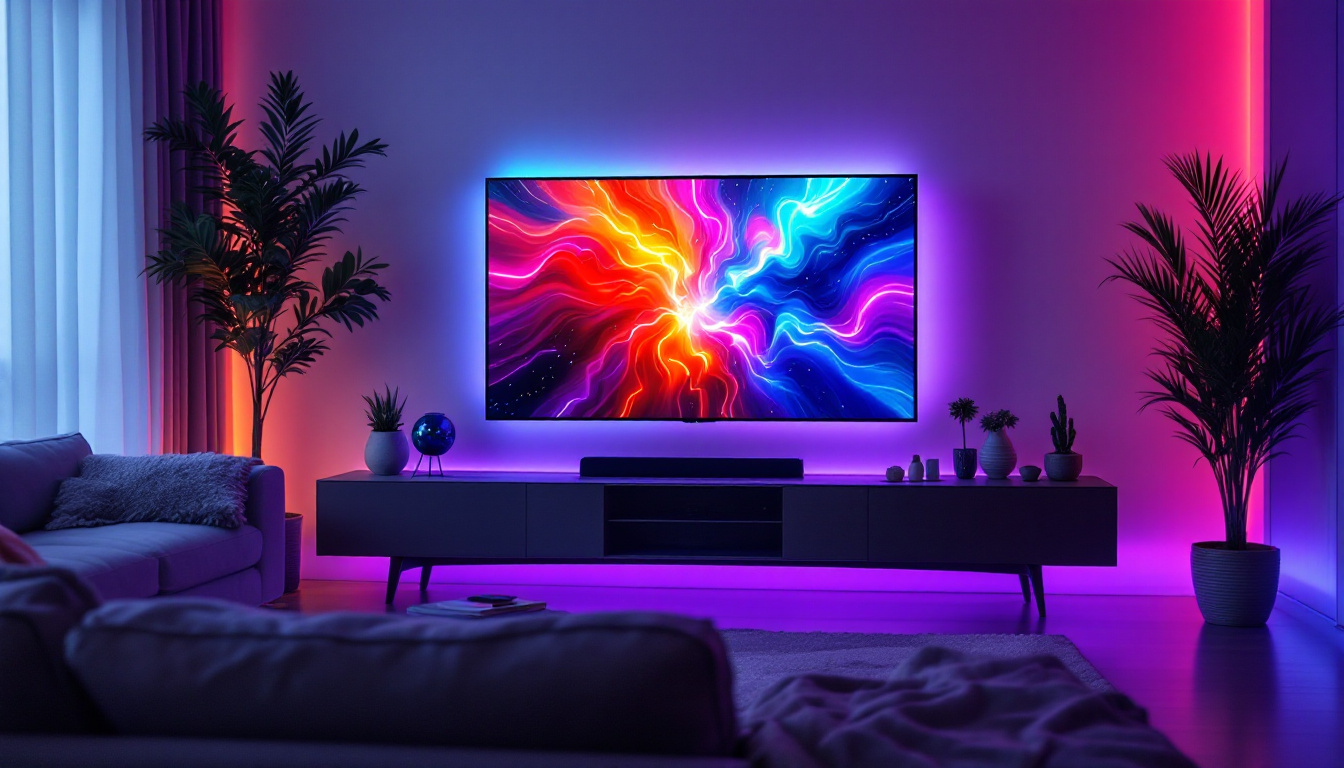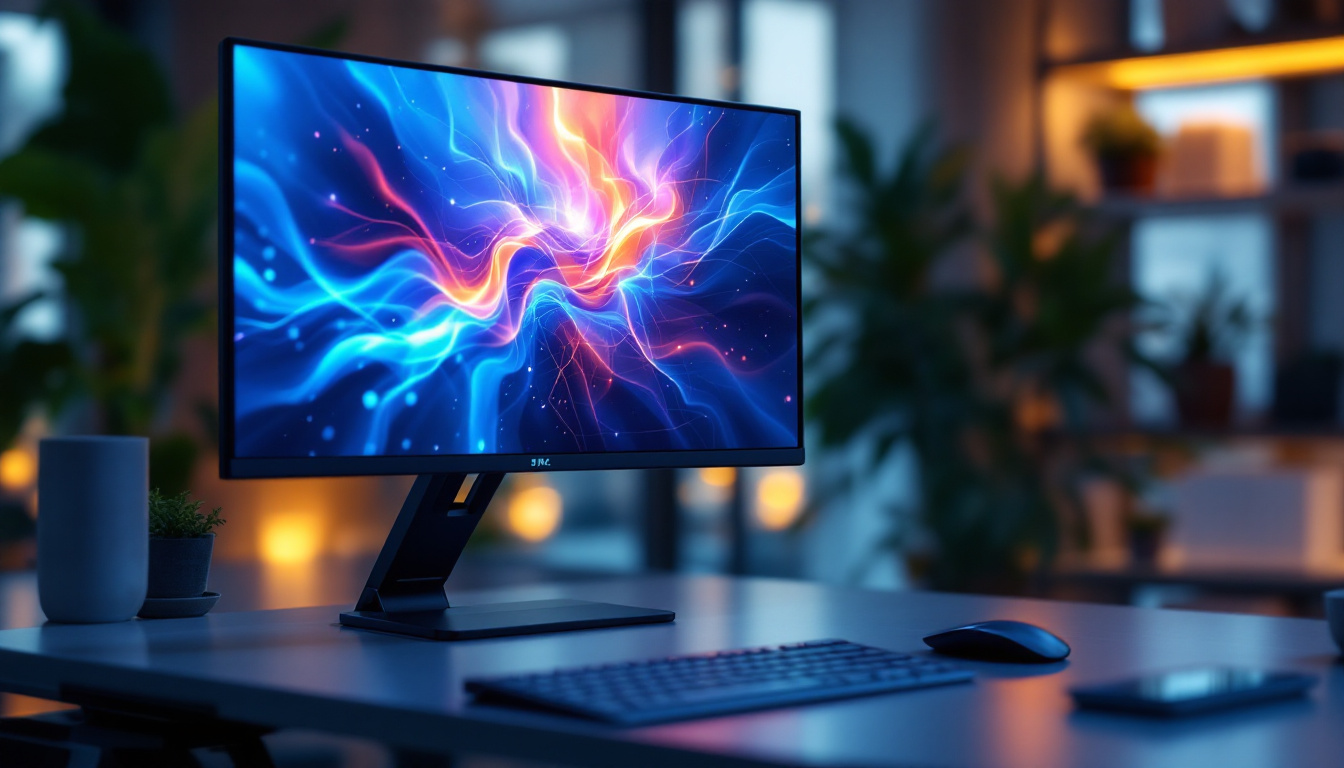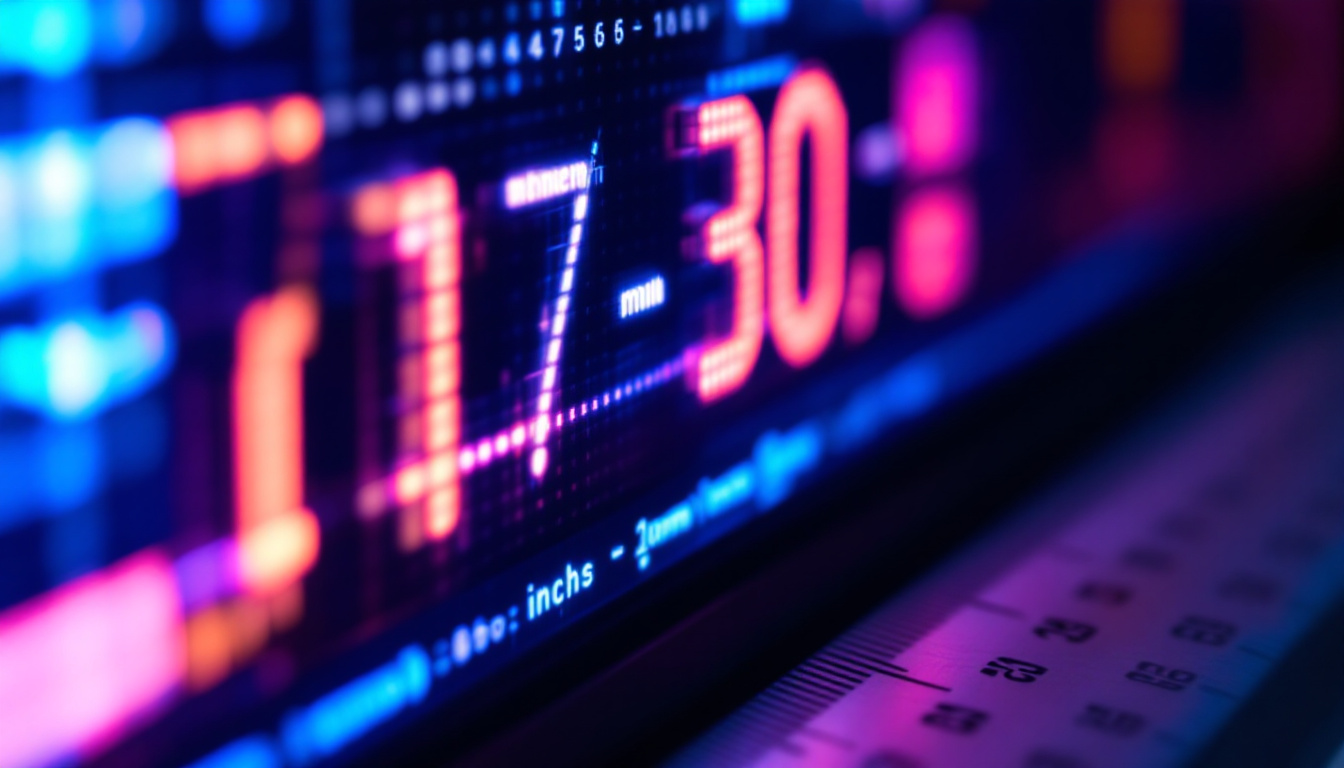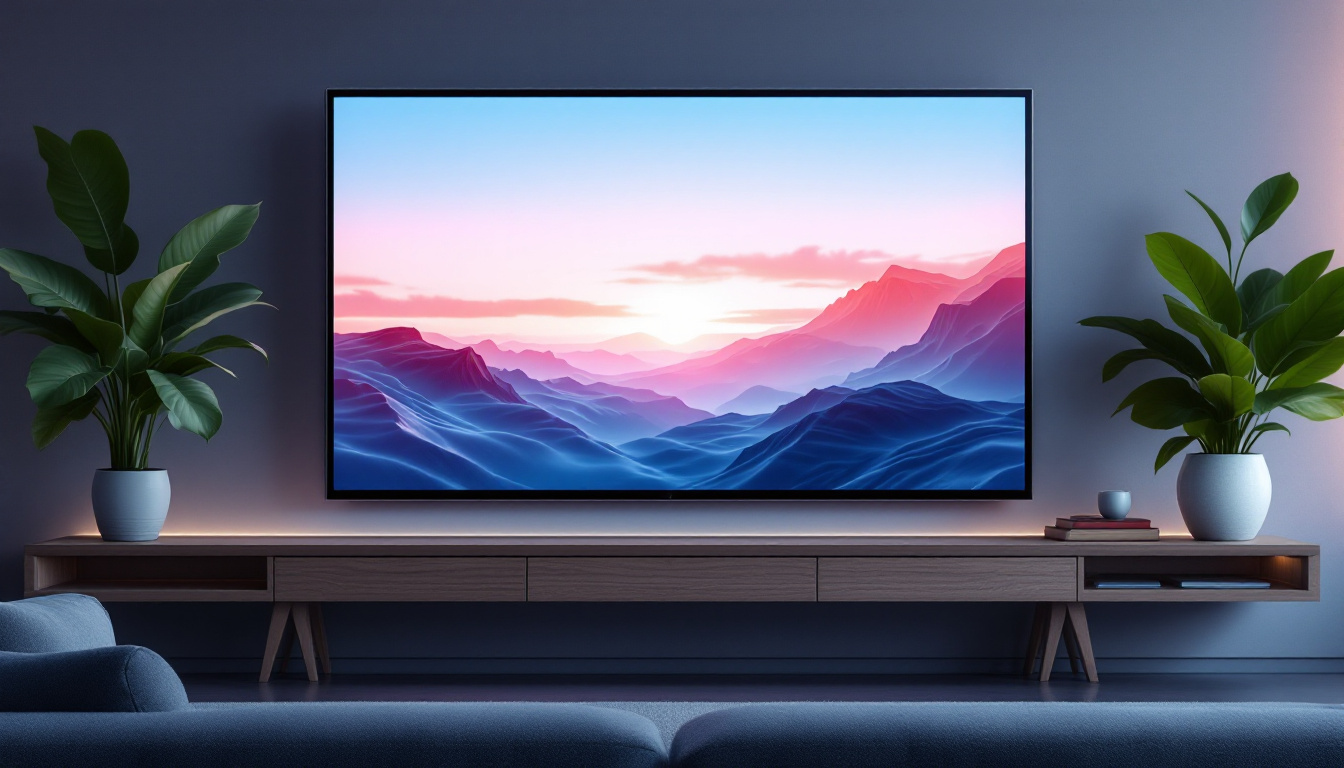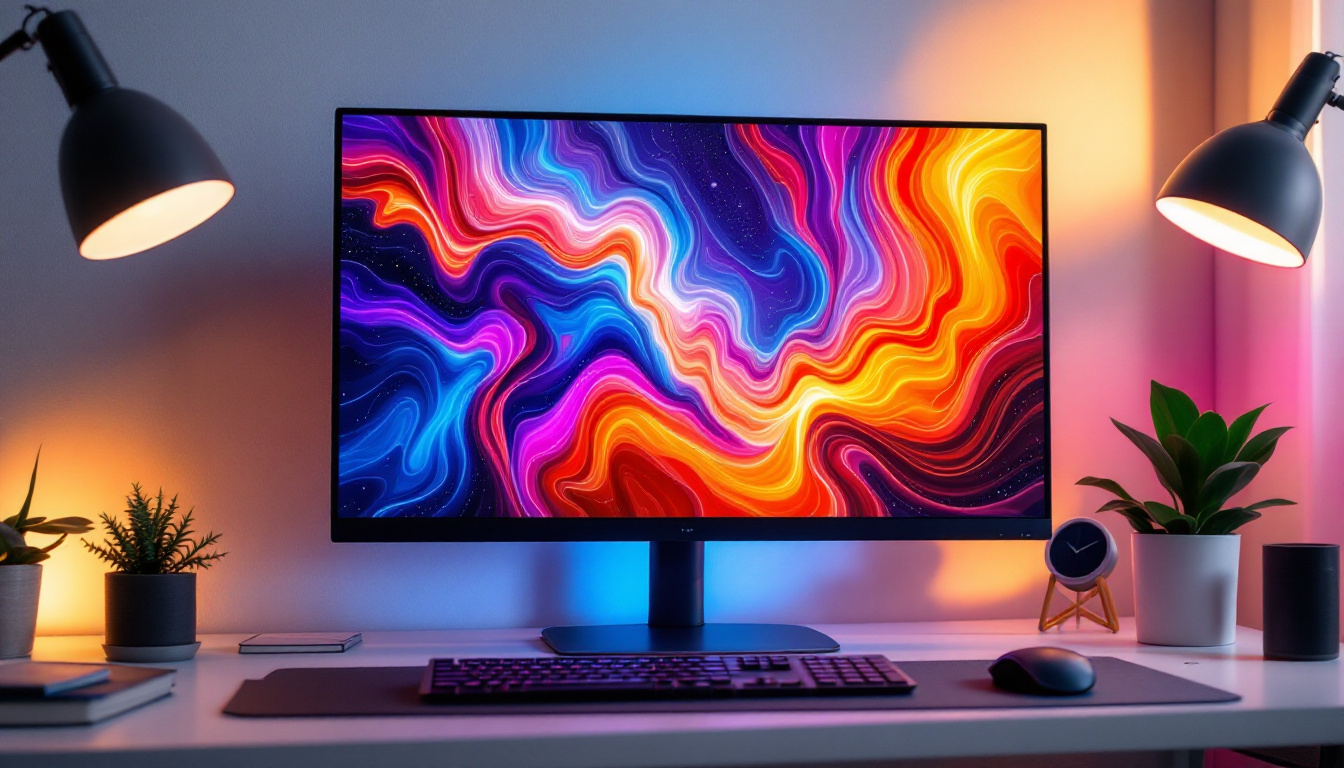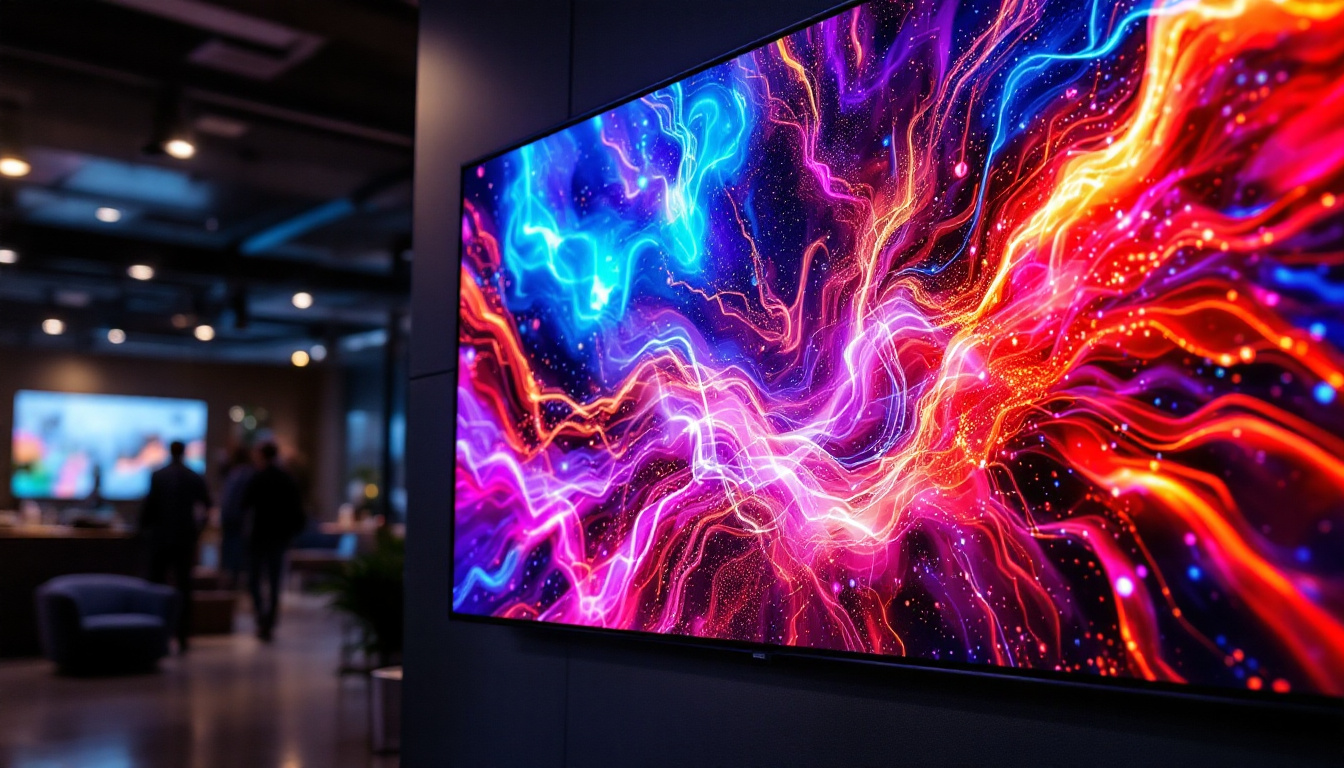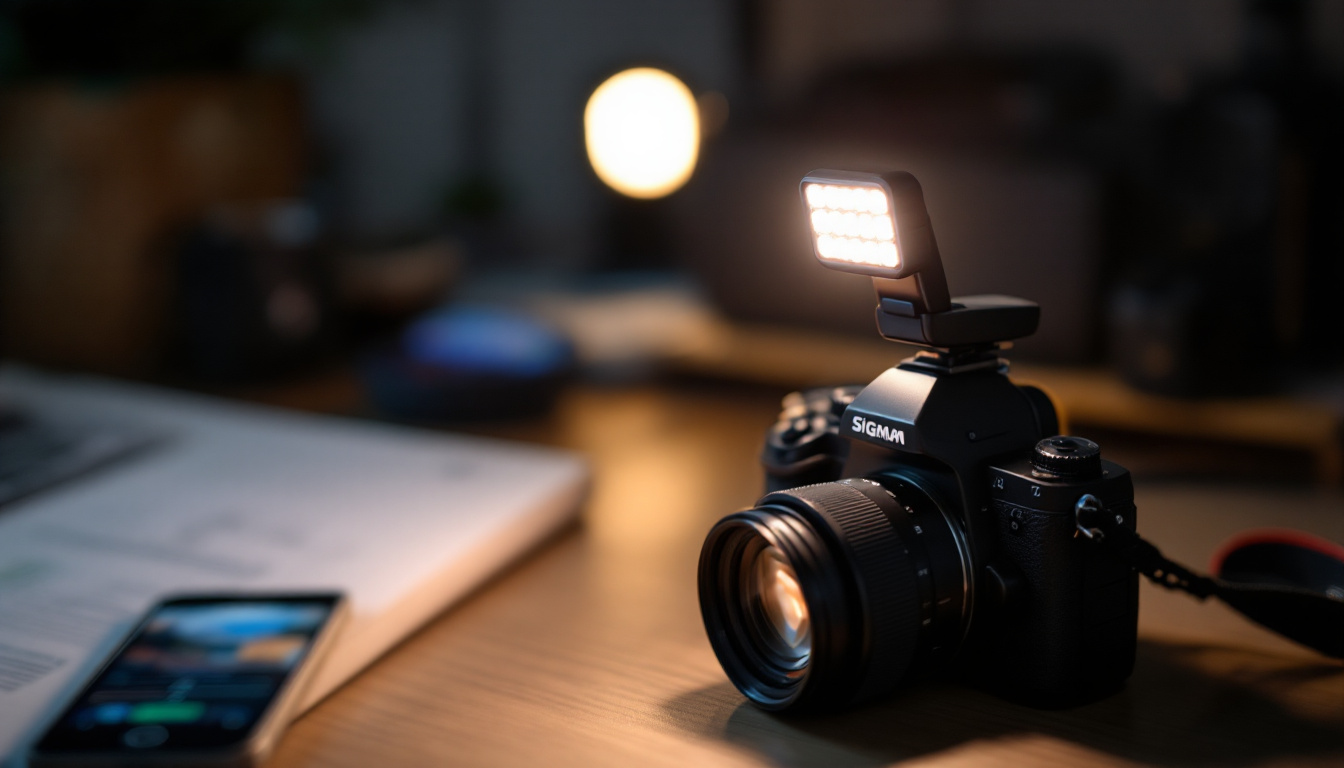In today’s fast-evolving digital workspace, the choice of a desktop monitor can significantly impact productivity, comfort, and visual experience. Among the many options available, widescreen desktop monitors with LED displays have become increasingly popular, offering a blend of expansive viewing areas and vibrant image quality. This article delves into the world of widescreen LED monitors, exploring their technology, benefits, and what to consider when choosing one for your desktop setup.
Understanding Widescreen Monitors: What Sets Them Apart?
Widescreen monitors are distinguished primarily by their aspect ratio, which is the proportional relationship between the width and height of the display. Traditional monitors typically have a 4:3 or 5:4 aspect ratio, meaning the screen is closer to square. In contrast, widescreen monitors usually feature an aspect ratio of 16:9 or 21:9, providing a much wider horizontal space.
This wider format is particularly beneficial for multitasking, gaming, and media consumption. For example, a 16:9 widescreen monitor allows users to comfortably view two documents side-by-side or enjoy movies in their native widescreen format without black bars. The ultra-wide 21:9 monitors take this even further, offering an immersive experience that can replicate multiple monitor setups without the bezels in between.
Why Widescreen Matters for Productivity
Studies have shown that increasing screen real estate can improve productivity by reducing the time spent switching between windows and applications. According to a 2022 report by the International Journal of Human-Computer Interaction, users working with widescreen or ultra-wide monitors completed tasks up to 18% faster compared to those using standard 4:3 monitors. This is largely due to the ability to view multiple applications simultaneously, which is essential for professionals in fields such as programming, design, finance, and content creation.
Moreover, widescreen monitors also enhance the overall user experience by providing a more immersive visual environment. For instance, gamers benefit from a wider field of view, allowing them to spot enemies and navigate expansive landscapes more effectively. Additionally, video editors and graphic designers find that the extra horizontal space allows for more efficient workflows, as they can have their editing software open alongside reference materials or multiple timelines. This capability not only streamlines the creative process but also fosters a more engaging and interactive experience, making widescreen monitors an invaluable tool in both professional and recreational settings.
Furthermore, the advancements in display technology have led to widescreen monitors featuring higher resolutions, such as Full HD (1920×1080), Quad HD (2560×1440), and even 4K (3840×2160). These higher resolutions provide sharper images and more vibrant colors, which are crucial for tasks that require precision, such as photo editing or 3D modeling. The combination of a wider aspect ratio and higher resolution not only enhances visual clarity but also contributes to reducing eye strain during prolonged use, making widescreen monitors a preferred choice for those who spend long hours in front of their screens.
LED Display Technology: How It Works
LED stands for Light Emitting Diode, and in the context of monitors, it refers to the type of backlighting used behind the LCD (Liquid Crystal Display) panel. Unlike older CCFL (Cold Cathode Fluorescent Lamp) backlights, LED backlighting uses small, energy-efficient diodes that provide several advantages in terms of brightness, color accuracy, and energy consumption.
The LED technology in monitors can be categorized mainly into two types: edge-lit and full-array backlighting. Edge-lit LED monitors place the LEDs along the edges of the screen, allowing for thinner designs but sometimes resulting in uneven brightness. Full-array LED monitors have LEDs spread evenly behind the entire screen, enabling better local dimming and contrast.
Benefits of LED Displays in Desktop Monitors
LED displays offer several key benefits that make them the preferred choice for widescreen monitors:
- Improved Energy Efficiency: LED backlights consume less power than CCFL, which not only reduces electricity costs but also contributes to a smaller environmental footprint.
- Enhanced Brightness and Contrast: LED monitors can achieve higher brightness levels and better contrast ratios, resulting in more vivid images and deeper blacks.
- Thinner and Lighter Designs: The compact nature of LEDs allows manufacturers to produce slimmer monitors that save desk space and look modern.
- Longer Lifespan: LEDs tend to last longer than traditional backlighting methods, often exceeding 50,000 hours of use.
Choosing the Right Widescreen LED Monitor for Your Needs
Selecting the perfect widescreen LED monitor involves balancing several factors, including size, resolution, refresh rate, and connectivity options. Understanding these specifications helps ensure the monitor complements your workflow or entertainment preferences.
Screen Size and Aspect Ratio
Widescreen monitors come in various sizes, typically ranging from 24 inches to 49 inches diagonally. The choice depends on your desk space and intended use. For general office work, a 27-inch 16:9 monitor is often sufficient, providing ample screen real estate without overwhelming the workspace.
For immersive gaming or video editing, ultra-wide monitors with a 21:9 aspect ratio and sizes above 34 inches are popular. These monitors offer panoramic views and can replace dual-monitor setups, reducing cable clutter and bezel interruptions.
Resolution and Image Quality
Resolution is critical for clarity and detail. Common widescreen resolutions include Full HD (1920×1080), Quad HD (2560×1440), and 4K UHD (3840×2160). Higher resolutions provide sharper images, which is particularly important for creative professionals working with high-definition content.
It’s worth noting that ultra-wide monitors also have resolutions tailored to their aspect ratios, such as 3440×1440 for 34-inch 21:9 displays. This ensures that the image remains crisp and proportionate across the wider screen.
Refresh Rate and Response Time
For gamers and video editors, refresh rate and response time are vital. Refresh rate, measured in hertz (Hz), indicates how many times per second the screen updates. A higher refresh rate (e.g., 120Hz or 144Hz) results in smoother motion and less blur during fast-paced scenes.
Response time, measured in milliseconds (ms), refers to how quickly a pixel can change color. Lower response times (1-5 ms) reduce ghosting and motion artifacts, enhancing the overall visual experience.
Connectivity and Ergonomics
Modern widescreen LED monitors come equipped with a variety of ports, including HDMI, DisplayPort, USB-C, and sometimes Thunderbolt. USB-C is increasingly favored for its ability to transmit video, data, and power through a single cable, simplifying desk setups.
Ergonomic features such as adjustable height, tilt, swivel, and pivot are essential for maintaining comfort during extended use. Monitors with VESA mount compatibility offer additional flexibility by allowing users to mount their screens on arms or wall brackets.
Real-World Applications of Widescreen LED Monitors
Widescreen LED monitors have found their place across various professional and personal use cases, each benefiting uniquely from the technology’s strengths.
Professional Workstations
In fields like graphic design, video editing, and software development, widescreen monitors facilitate multitasking and detailed work. For example, video editors can have their timeline, preview window, and tool palettes all visible simultaneously, streamlining the editing process.
Financial analysts and data scientists also benefit from the expanded horizontal space, allowing them to view large spreadsheets and multiple data visualizations without constantly scrolling or switching windows.
Gaming and Entertainment
Gamers increasingly prefer ultra-wide LED monitors for their immersive experience. The wider field of view enhances gameplay, especially in racing, flight simulators, and first-person shooters. Additionally, LED displays’ high refresh rates and low response times reduce lag and motion blur, critical for competitive gaming.
For movie enthusiasts, widescreen LED monitors display films in their original aspect ratios without letterboxing, preserving the director’s intended visual composition.
General Productivity and Everyday Use
Even for casual users, widescreen LED monitors improve everyday computing tasks. Whether it’s browsing the web, managing emails, or working on documents, the extra screen space reduces clutter and improves workflow efficiency.
Moreover, the energy efficiency and eye-friendly features of LED displays, such as blue light filters and flicker-free technology, contribute to a more comfortable and sustainable computing environment.
Future Trends in Widescreen LED Monitor Technology
The monitor industry continues to innovate, with several emerging trends shaping the future of widescreen LED displays.
Mini-LED and Micro-LED Backlighting
Mini-LED technology uses thousands of tiny LEDs to provide even more precise local dimming and improved contrast ratios compared to traditional LED backlighting. This results in deeper blacks and brighter highlights, approaching the quality of OLED displays without their burn-in issues.
Micro-LED, still in its early stages, promises self-emissive pixels that combine the best traits of OLED and LED, including perfect blacks, high brightness, and long lifespan. These advancements will likely become more accessible in widescreen desktop monitors over the next few years.
Higher Refresh Rates and Adaptive Sync Technologies
As gaming and professional applications demand smoother visuals, manufacturers are pushing refresh rates beyond 240Hz. Coupled with adaptive sync technologies like NVIDIA G-SYNC and AMD FreeSync, these monitors eliminate screen tearing and stuttering for seamless performance.
Curved and Flexible Displays
Curved widescreen monitors are gaining traction for their ability to reduce eye strain and enhance immersion. By matching the natural curvature of the human eye, these displays offer a more comfortable viewing experience, especially on ultra-wide formats.
Looking further ahead, flexible and rollable display technologies may revolutionize desktop setups, allowing users to customize their screen size and shape dynamically.
Conclusion
Widescreen desktop monitors with LED displays represent a significant advancement in display technology, combining expansive viewing areas with energy-efficient, high-quality visuals. Whether for professional work, gaming, or general use, these monitors offer tangible benefits in productivity, immersion, and comfort.
Understanding the key features—such as aspect ratio, resolution, refresh rate, and backlighting technology—empowers users to select the ideal monitor tailored to their specific needs. As innovations like mini-LED and adaptive sync continue to evolve, the future of widescreen LED monitors promises even more impressive performance and versatility.
Investing in the right widescreen LED monitor today can transform your desktop experience, making work and play more enjoyable and efficient.
Discover the Future of Visual Display with LumenMatrix
Ready to elevate your visual experience with the latest in widescreen LED technology? LumenMatrix is at the forefront of innovative LED display solutions, offering a wide range of products designed to bring your digital workspace to life. From immersive Indoor LED Wall Displays to dynamic Outdoor LED Wall Displays and beyond, our mission is to transform your visual communication with unparalleled clarity and impact. Don’t just read about the future of display technology—experience it firsthand. Check out LumenMatrix LED Display Solutions today and see the difference for yourself.

